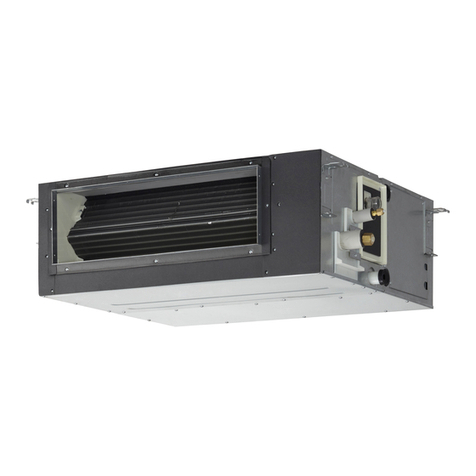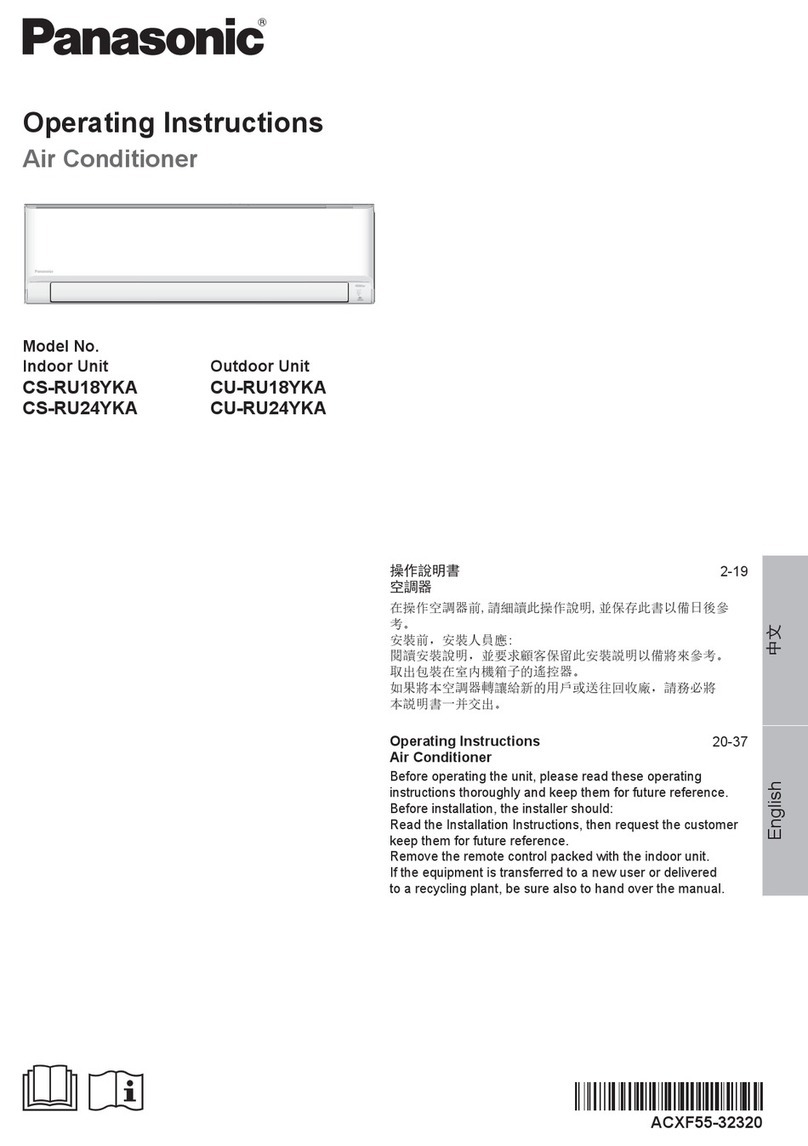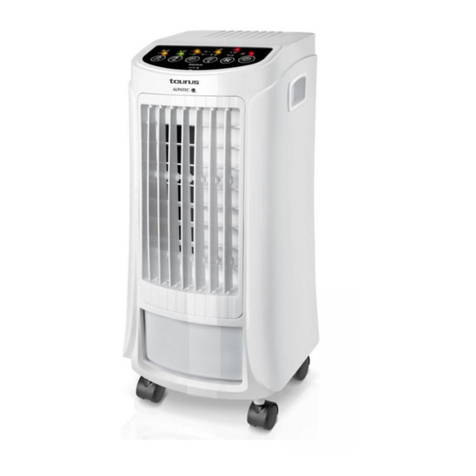Panasonic OCU-CR1001VF User manual
Other Panasonic Air Conditioner manuals

Panasonic
Panasonic CS-E7LKEW User manual
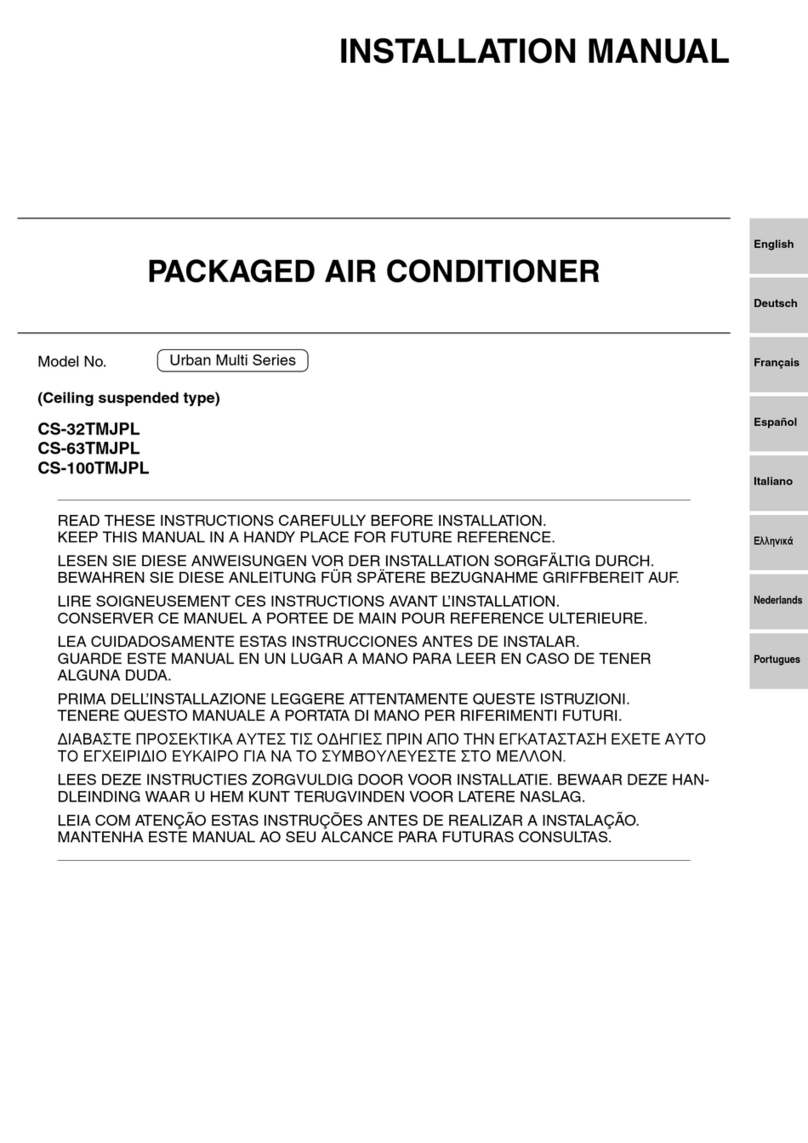
Panasonic
Panasonic Urban Multi Series User manual
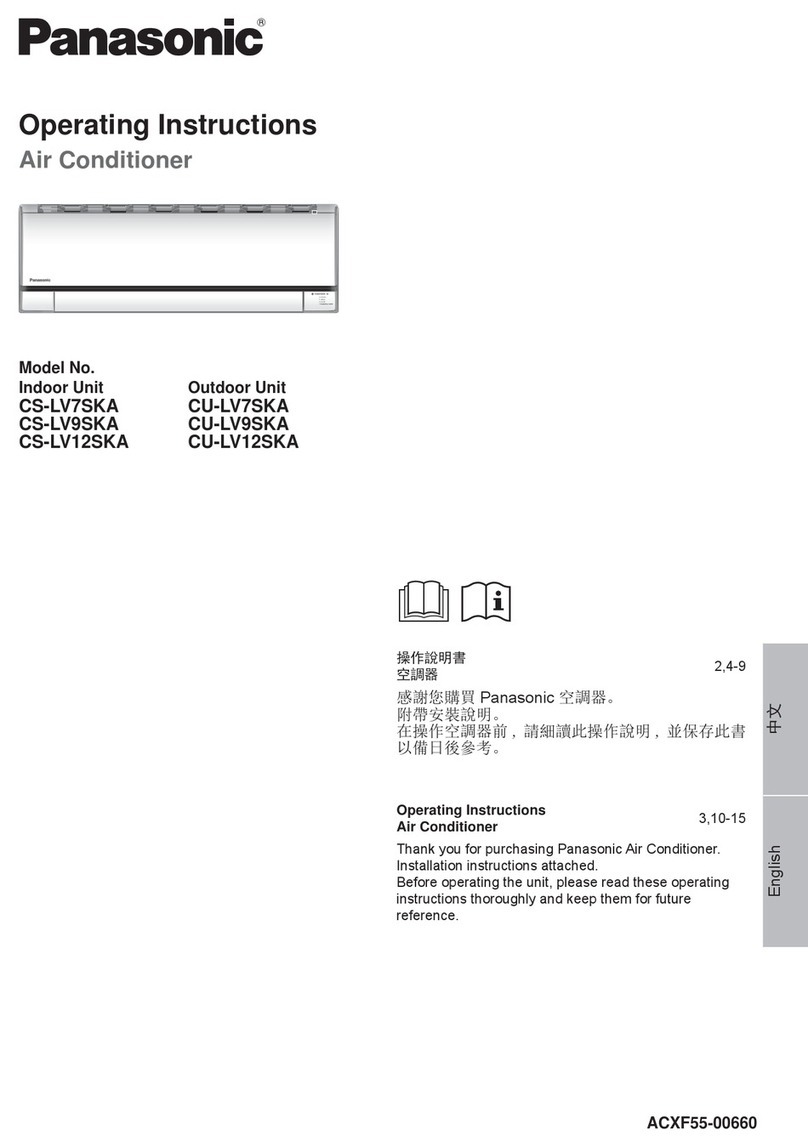
Panasonic
Panasonic CS-LV7SKA User manual
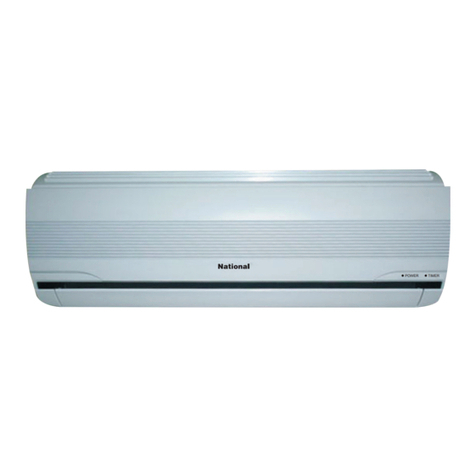
Panasonic
Panasonic CS-SC9BKN Instruction sheet

Panasonic
Panasonic CS-V7DKE User manual
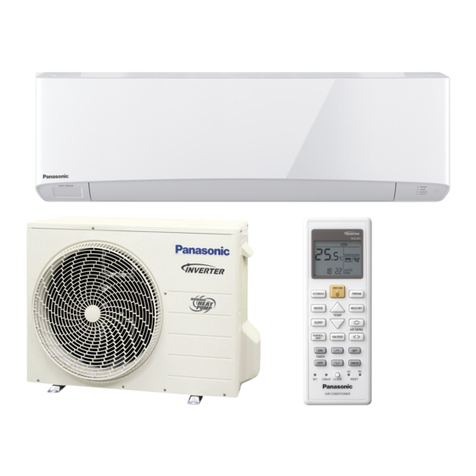
Panasonic
Panasonic CS-NZ9SKE User manual
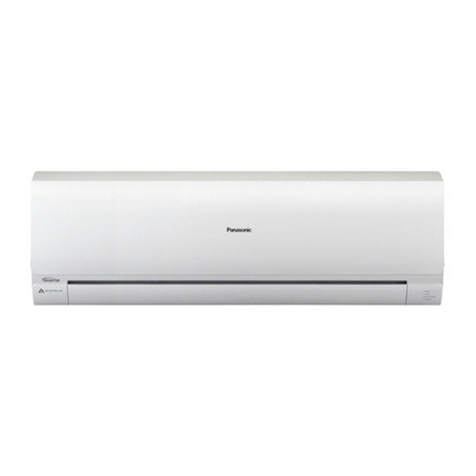
Panasonic
Panasonic CS-RE18PKR User manual
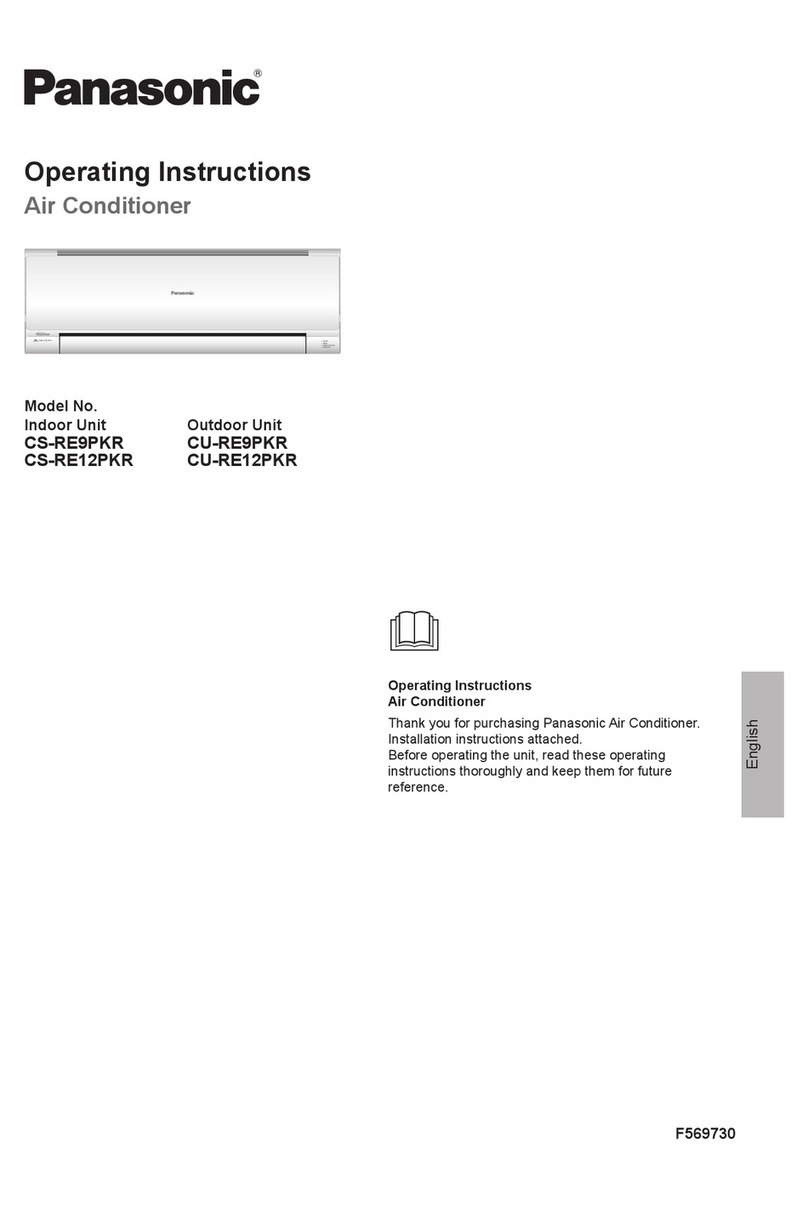
Panasonic
Panasonic CS-RE12PKR User manual

Panasonic
Panasonic CW-XC55HU User manual
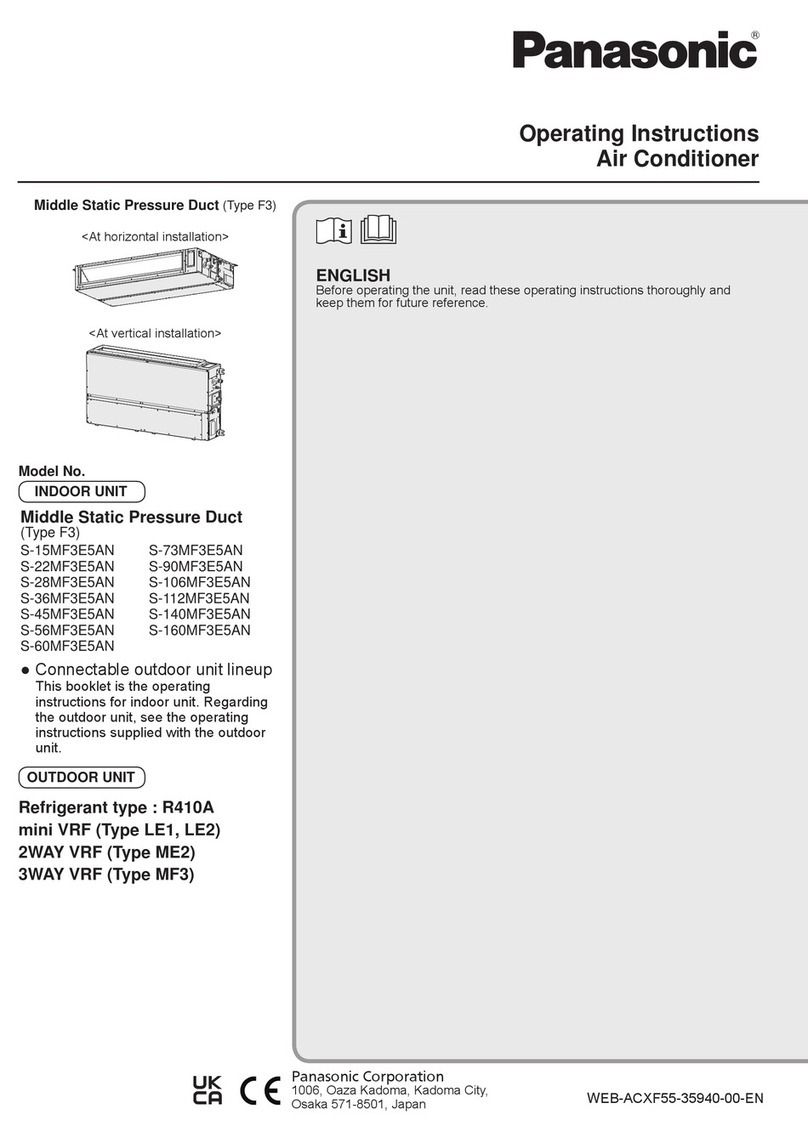
Panasonic
Panasonic S-15MF3E5AN User manual
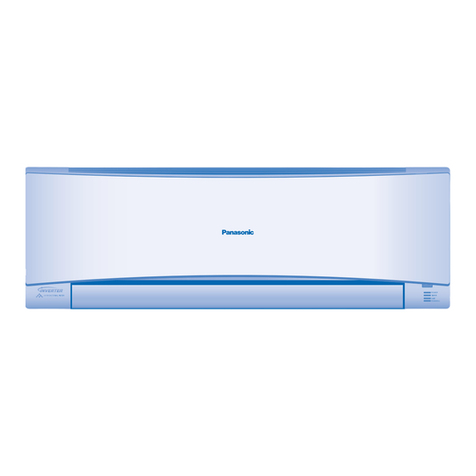
Panasonic
Panasonic CS-E9NKKW User manual

Panasonic
Panasonic CS-RE24HKR User manual
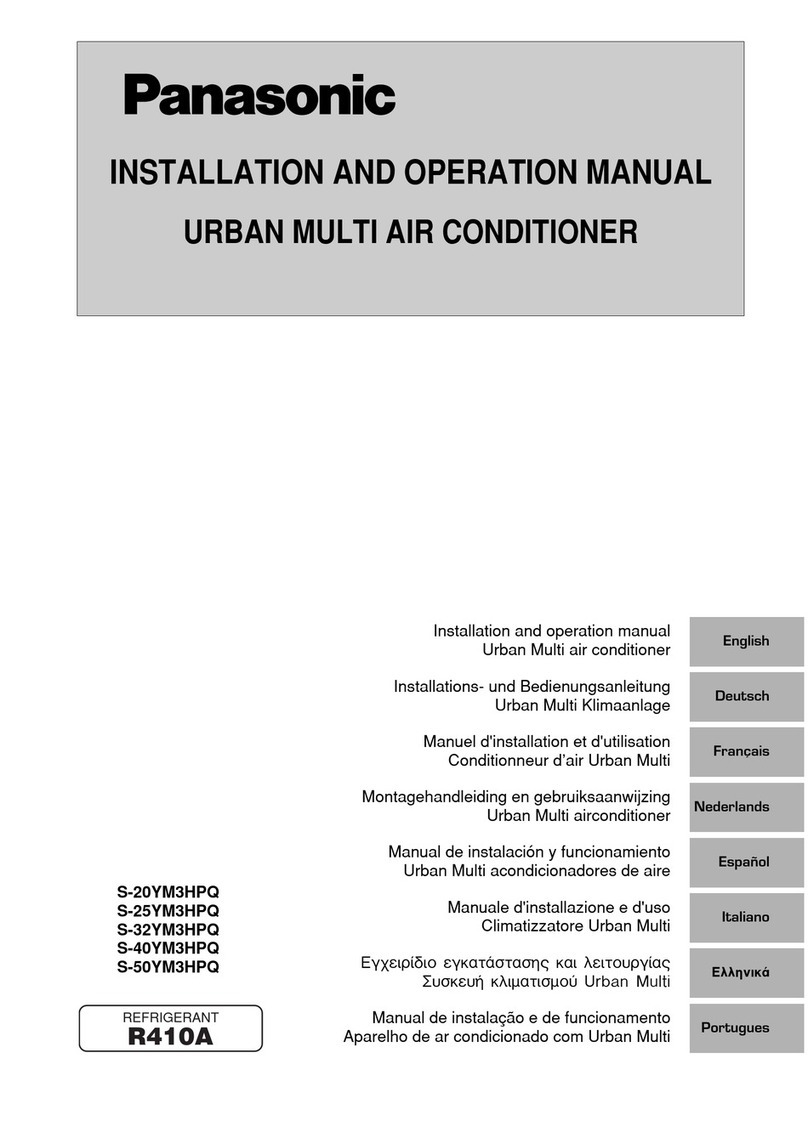
Panasonic
Panasonic S-20YM3HPQ User manual
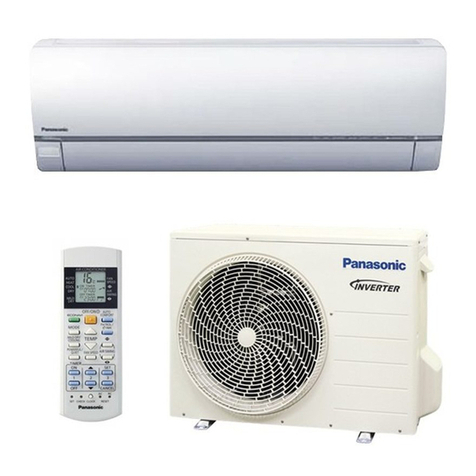
Panasonic
Panasonic CS-HE9PKD User manual

Panasonic
Panasonic CS-E24JKES User manual
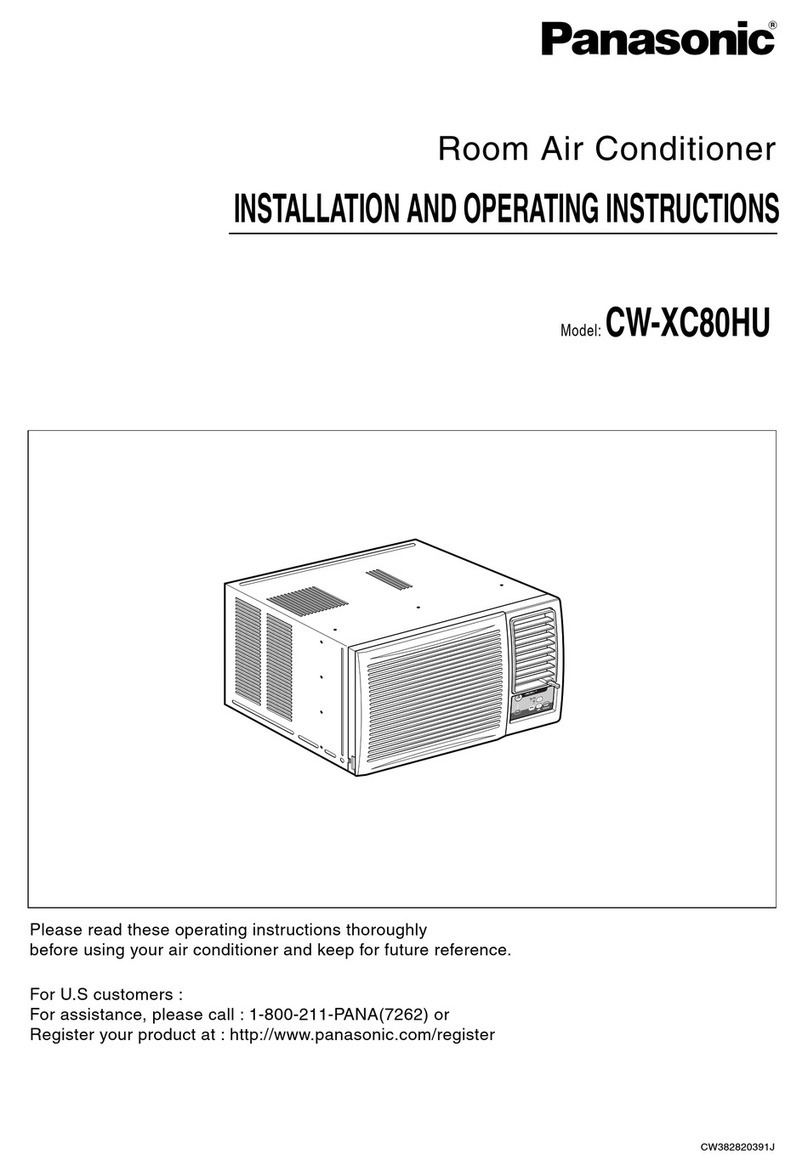
Panasonic
Panasonic CW-XC80HU User manual
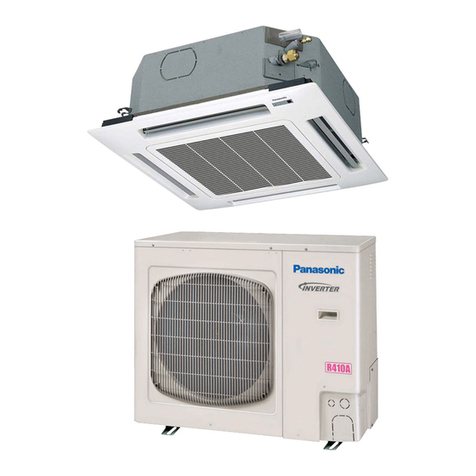
Panasonic
Panasonic U-26PE1U6 Manual
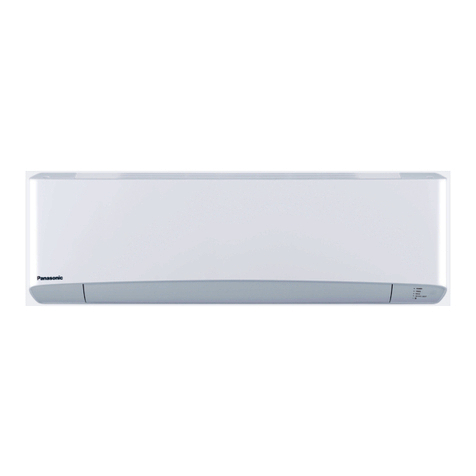
Panasonic
Panasonic CU-NZ25VKE User manual
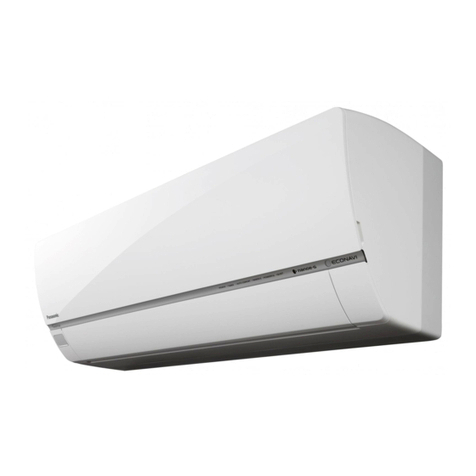
Panasonic
Panasonic CS-HZ25TKE User manual
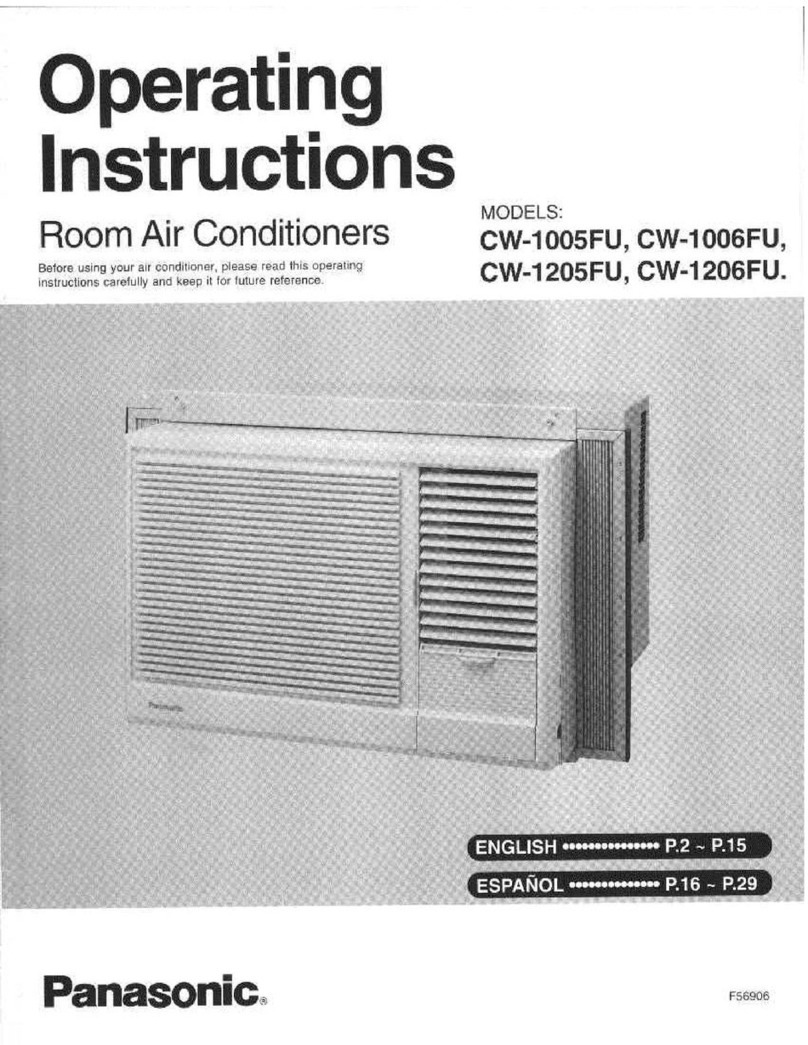
Panasonic
Panasonic CW-1006FU User manual
Popular Air Conditioner manuals by other brands

Fujitsu
Fujitsu ASYG 09 LLCA installation manual

York
York HVHC 07-12DS Installation & owner's manual

Carrier
Carrier Fan Coil 42B Installation, operation and maintenance manual

intensity
intensity IDUFCI60KC-3 installation manual

Frigidaire
Frigidaire FAC064K7A2 Factory parts catalog

Sanyo
Sanyo KS2432 instruction manual


